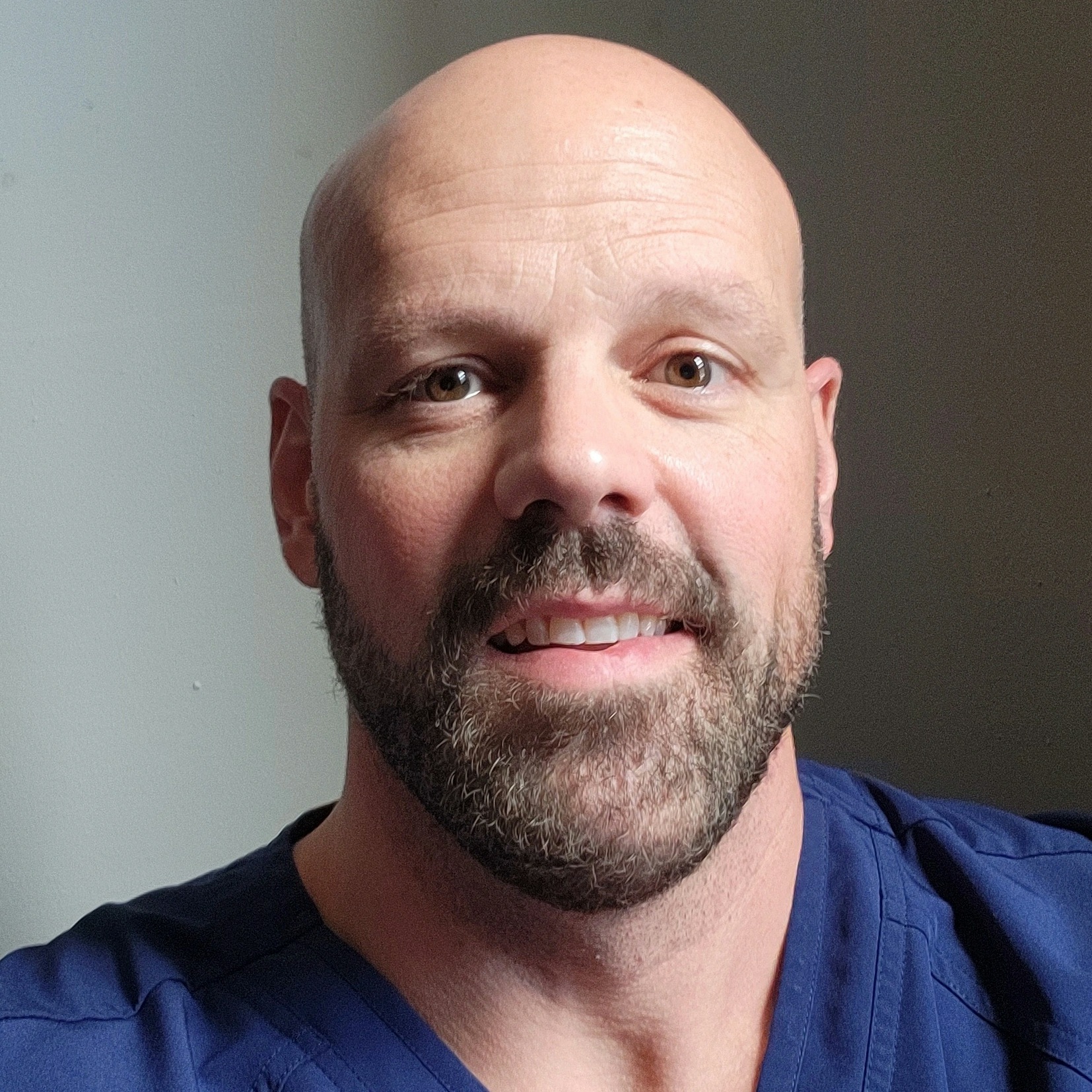
Attachments
Transverse Processes of C1-C4
-to the-
Medial Border of the Scapula, from the Superior Angle to the Root of the Spine of the Scapula

Actions
Elevates the Scapula (at the top)
Downwardly Rotates the Scapula (at the lateral edge towards the arm)
Retracts (Adducts) the Scapula (at the medial edge towards the spine)
Without getting too technical, I would say that basically, the entire scapula rotates laterally if the cervical spine (the neck) is fixed.
There are also Reverse Actions. If the scapula is fixed while the Levator Scapula contracts, it will pull the Cervical Spine (the neck) back and down. Once again there are 3 different actions.
Extends the neck (backward movement)
Laterally flexes the neck (ear to shoulder)
Ipsilaterally Rotates the Neck
The Transverse Processes move posteromedially (backwards and towards the spine.) Which in turn, rotates the neck.
(FYI: Ipsilateral Rotation is a movement towards the muscle that pulls it while Contralateral Rotation is a movement away from the muscle that pulls it)

It's difficult for me to properly describe the movements without being technical, although I am also not trying to be overly thorough. By the way, welcome to the world of Kinesiology!
Kinesiology - the study of the mechanics of body movements

The levator scapulae (aka, levator scap, or levator) is a muscle located in the upper back/shoulder blade region that goes up the neck. This muscle is responsible for the discomfort in many people's neck and upper back. This can feel like a pulled muscle or a strain. This can feel like a dull ache, and it can also feel sharp and stabby. Usually with proper exercise and stretching or just by living a normal productive lifestyle, the muscle ache will ease in about 3-7 days on its own.
In my professional experience, the hypertonicity (muscle tightness) and or strain that many people feel within the levator can be chronic (never-ending). Usually, the people exhibiting these symptoms are also experiencing hypertonicity in a multitude of upper back muscles. The usual suspects are the rhomboids, the trapezius, and the cluster of shoulder rotator cuff muscles such as the supraspinatus and infraspinatus.
There are a few reasons why a person may have chronic upper back hypertonicity: overtraining with not enough range-of-motion stretches, poor posture/slouching and a sedentary day-to-day lifestyle (deskwork).
Causes for Levator Pain/Dysfunction
Overtraining at the gym
Poor Posture - Desk Workers
Repetitive Movements - Factory Workers, Mechanics, Dentists, Hair Stylists, etc.
Sleeping on your stomach with your head turned (very common)
Whiplash
Symptoms
Weakness in the arm
You feel tightness between the shoulder blades
Difficulty turning your head to one side or both
Spasms and swelling
Treatments
Massage Therapy
R.I.C.E. - Rest, Ice, Compression, Elevation
Foam Rolling
Rolling and Pressure with the use of a tennis ball or La Crosse ball
Stretching
Exercising the muscle (responsibly and comfortably)
- Dumbbell Shrugs, Lat Raises
This has been a pretty brief and direct summary of the Levator Scapulae. If you have issues that have kept you up at night and/or give you daily pain, you may want to reach out to me and get some bodywork. Also, if you ever have any questions, please ask.
Text any time.

(816) 800-2447
Tom Vogliardo, LMT
Instagram @ComeFeelAwesome





Kommentare